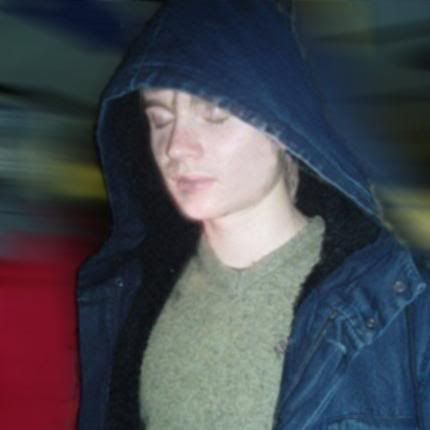Beauty Function

 The definition of beauty and ratios associated with it were experimentally derived. The scientists surveyed 300 men and women, asking them to rank pictures’ on an attractiveness scale of 1-7. The scores were tabulated and linked to the ratios of various facial features (such as eye size, facial shape, etc). Around 250 measurement points were considered when developing the algorithm. In the end the scientists came up with a mathematical function to transform an input ratio measurement into a more optimal configuration. The result is an image with a more beautiful face than the original that carries the specific features of, and can be identified as, the original person.
The definition of beauty and ratios associated with it were experimentally derived. The scientists surveyed 300 men and women, asking them to rank pictures’ on an attractiveness scale of 1-7. The scores were tabulated and linked to the ratios of various facial features (such as eye size, facial shape, etc). Around 250 measurement points were considered when developing the algorithm. In the end the scientists came up with a mathematical function to transform an input ratio measurement into a more optimal configuration. The result is an image with a more beautiful face than the original that carries the specific features of, and can be identified as, the original person.
The developers see the biggest application in commercial products such as Photoshop and digital camera software. They hope that this facial modification catches on like red-eye reduction and becomes a common function used by both amateur and professional photographers.
Is digital face modification justified?
The developers try to justify the use of facial modification by saying “if magazines do it, why can’t we?” On the one hand, that is an acceptable argument. On the other hand, we are taking a bad principal and expanding it to everyone. Its nice to see a slightly prettier Jennifer Lopez or Christina Aguilera on a magazine cover, but how far will it go? At first we modify images, then learn how to alter video, soon we will be demanding virtual reality goggles that make everyone look prettier. A grand concept, but I think we should leave that to bear.
More useful applications
In my opinion a more useful application for this sort of technology is facial recognition and indexing for image search. This technology already exists in some forms. I also think using the technology in plastic surgeons offices (as the designers’ suggest) is appropriate too. I doubt the tech (in this form) will catch on widely in mainstream digital camera. It will most likely end up as one of the countless features in Photoshop and hopefully GIMP will quickly follow with an open-source version.
The eye of the beholder
One of the developers, Cohen-Or, states: “Beauty is not in the eye of the beholder. Beauty is merely a function of mathematical distances and ratios”. Is this really true? I agree until a certain point. Just like the preferred 7:10 ratio that men seek in women, I believe there are certain ratios and lengths in the face that a human looks for. These ratios are present to reflect a healthy individual and for a person to better pick an optimal mate. In the optimal selection though, I think a lot depends on the beholder. I don’t mean in the cheese classical sense.
I believe there is a more scientific reason behind “they eye of the beholder.” For the sense of smell, some experiments have shown that humans have a preference for certain pheromone that best match an optimal genetic match. For kissing, some studies have show similar results, implying that a kiss “tastes” better from a more compatible genetic match. I think the same applies to faces. Your phenotype is defiantly expressed in your face (that’s why you look like your parents), so why wouldn’t you subconsciously evaluate a person phenotype or genotype when looking at them? This means there are formulas, but the formulas vary between different genotypes. Thus a perfect “Beauty Function” can not be created.
The overlap that many people share when searching for a healthy and compatible face can be modeled. This model can take us closer to beauty but such a process can never hope to reach true beauty. Once you get beyond a certain basic template the individual compatibility factors take over and the highest end of beauty is in the eye of the beholder.
Conclusion
In the end I think this technology will mostly end up being used by dating and porn sites. Both need to quickly and cheaply modify mediocre picture. Hopefully the system will expand to more useful applications, such as good search.
Currently, the developers have not offered a version to play around. They promised a web-app version of the program since August 16th, but as off yet it has not been delivered. The only things we have access to is the sample pictures and demo video.
On a personal note: Wow, I was interrupted by two fire alarms while typing this post. As far as I understand the cause was a fault in the system. Usually my residence gets hit by a block of 2 or 3 fire alarms in a night. There was a real (minor) fire earlier today on the 4th floor (when I was in class), so hopefully this past fire alarm was the last of the night.
Labels: computer science, society, technology






















1 Comments:
In the end I think this technology will mostly end up being used by dating and porn sites.
You are sooo wrong. This is much bigger than that.
Post a Comment
<< Home